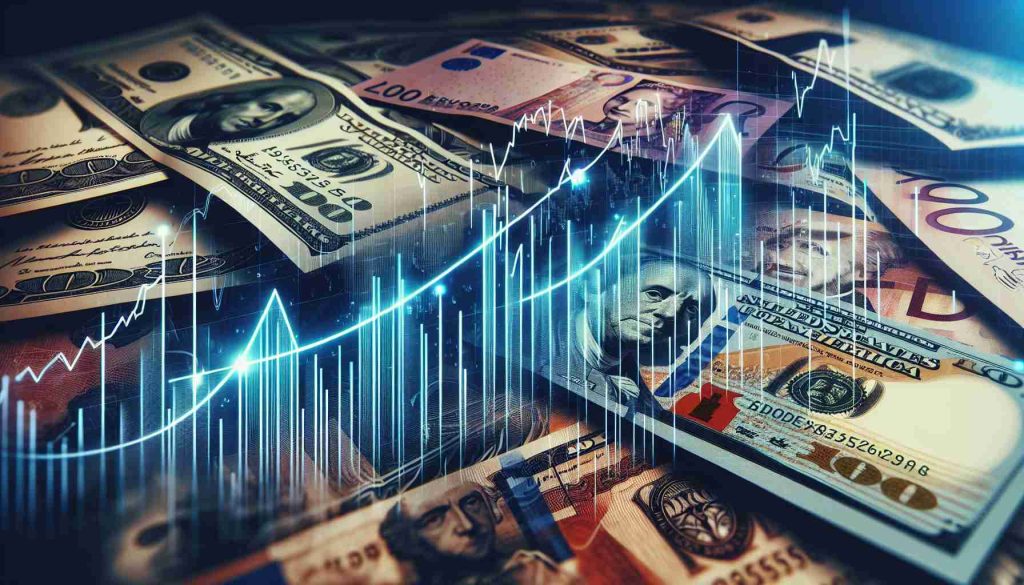Major currencies are subtly showing signs of a weakening dollar trajectory following fluctuations after last week’s US retail sales data. The dollar’s brief resurgence post-data dissipated by the end of the week and is now extending into the new week.
EUR/USD has broken above the 1.1000 mark, setting its sights on hitting December highs ranging between 1.1123-39. GBP/USD is testing levels exceeding 1.3000 today, eyeing the July high at 1.3044. On the flip side, USD/CAD is on a downward trend post its failure to breach 1.3900 and is now targeting the 200-DMA at 1.3598. AUD/USD is steadily climbing, aiming for July highs close to 0.6800, while NZD/USD surpasses its 200-DMA and potentially heading toward Feb, March, and June highs around 0.6218-22.
In essence, the prevailing narrative suggests a possible decline for the dollar across various currency pairs in the current landscape. The upcoming highlight of the week revolves around Fed Chair Powell’s anticipated speech on Thursday. Additionally, market watchers will monitor PMI data and US weekly jobless claims as indicated on the economic calendar.
Shift in Currency Trends Points to Dollar Weakness, Enhanced by Global Factors
While the recent movements in major currency pairs have hinted at a potential weakness in the US dollar, there are other crucial factors at play that contribute to this evolving trend. One key aspect to consider is the global economic landscape and geopolitical developments that are impacting currency valuations across the board.
Key Questions:
1. What global factors contribute to the shift in currency trends indicating dollar weakness?
– Geopolitical tensions, trade negotiations, and economic policies among major economies can significantly influence currency movements. For example, ongoing trade disputes between the US and China or the Brexit uncertainties in the UK can impact the strength of the dollar.
2. How might the upcoming events affect the dollar’s trajectory?
– Factors such as Federal Reserve Chair Powell’s speech, PMI data releases, and US weekly jobless claims can provide further insights into the health of the US economy and potentially influence the dollar’s performance in the short term.
Advantages:
– A weaker dollar can boost the competitiveness of US exports, making American goods more attractive in international markets and potentially supporting economic growth.
– It may also lead to increased foreign investment in the US, as a weaker dollar can make investments in the country more appealing for foreign investors.
Disadvantages:
– Dollar weakness could result in higher import costs for the US, impacting consumers through increased prices on imported goods and potentially leading to inflationary pressures.
– It may also raise concerns about the US economy’s overall strength and stability, potentially affecting investor confidence and financial markets.
It is essential for investors, businesses, and policymakers to closely monitor these currency trends and their underlying factors to make informed decisions in a volatile market environment.
For more insights on global currency trends and their impact on the financial markets, visit Bloomberg.
